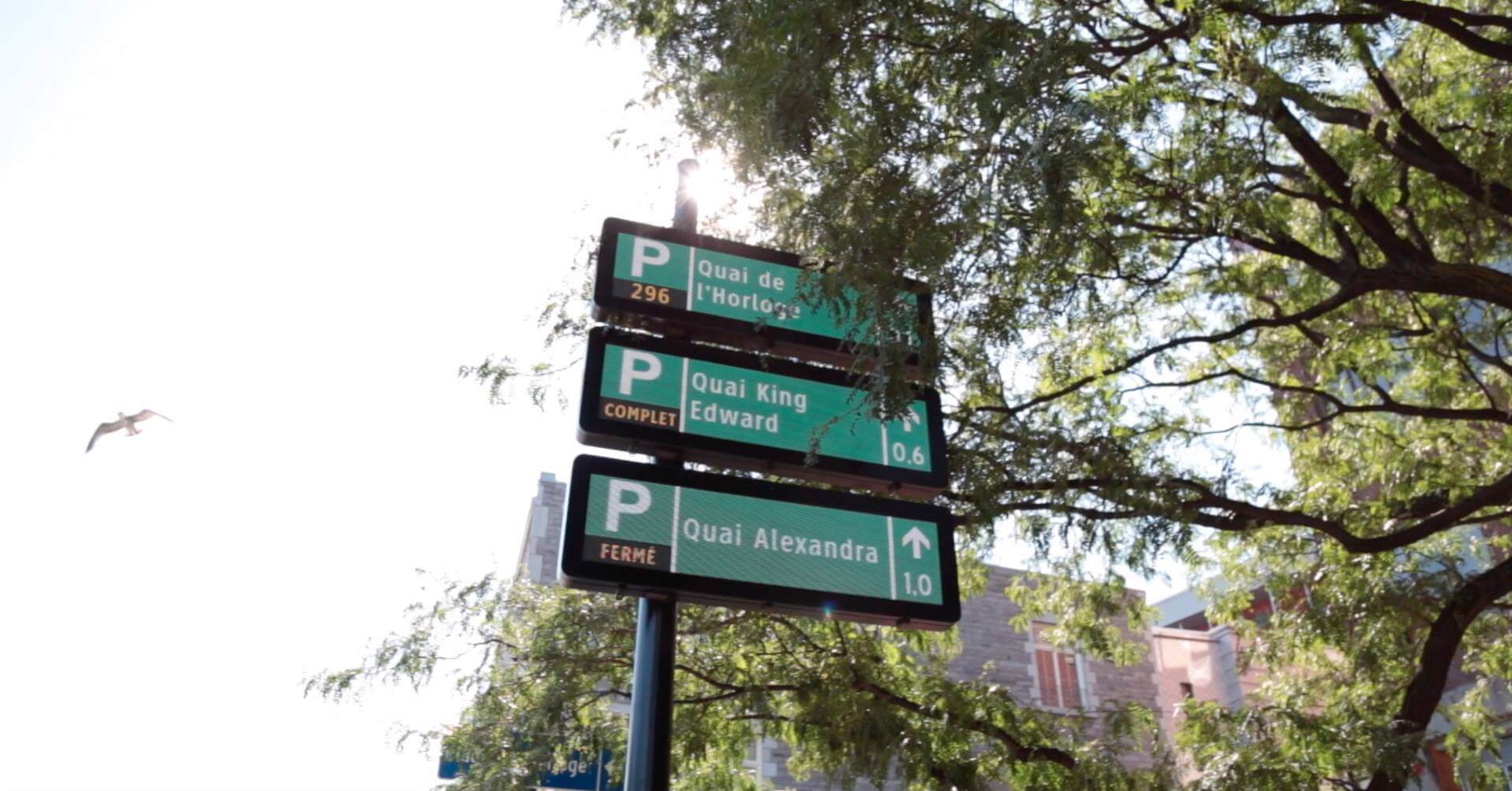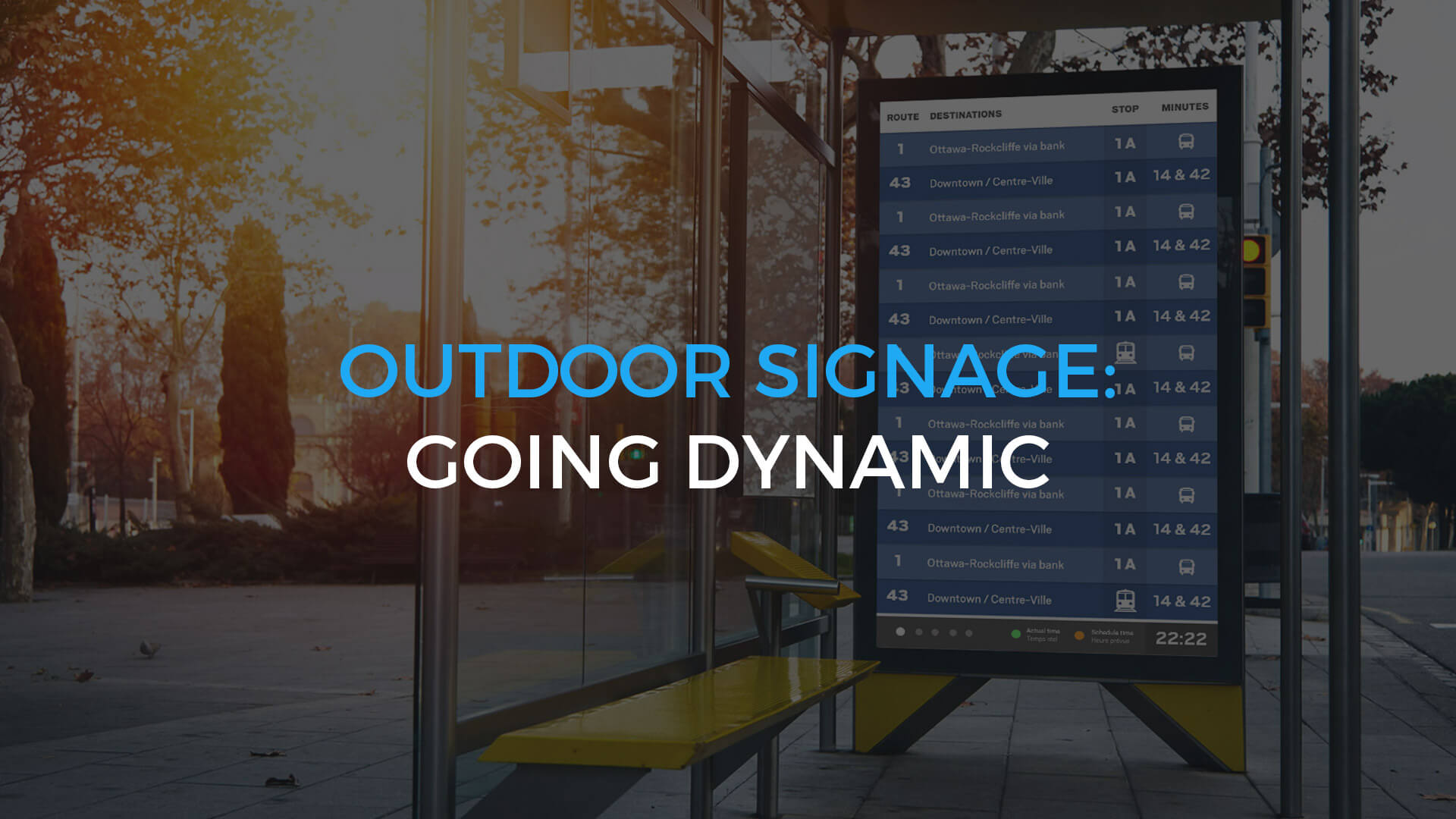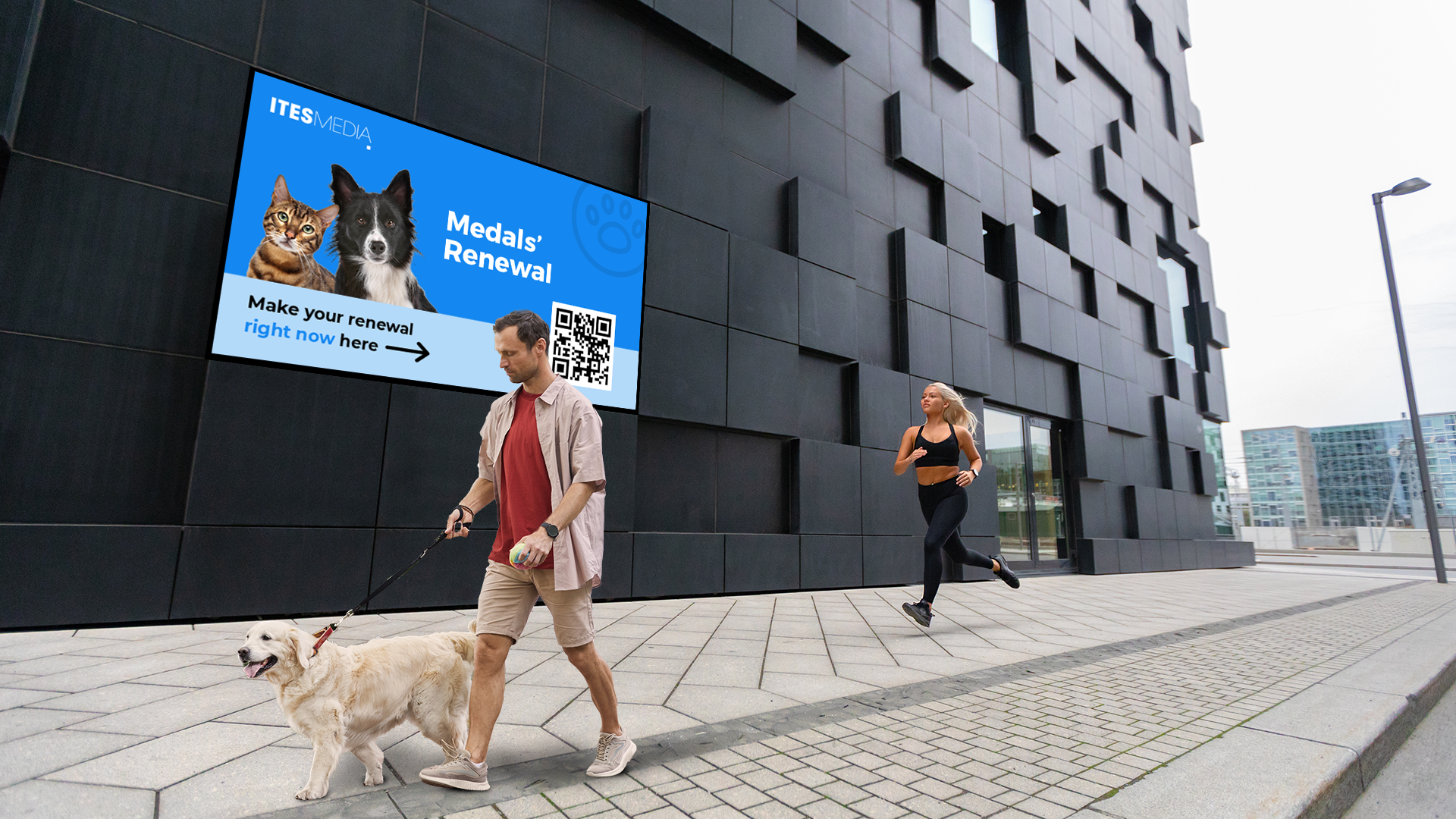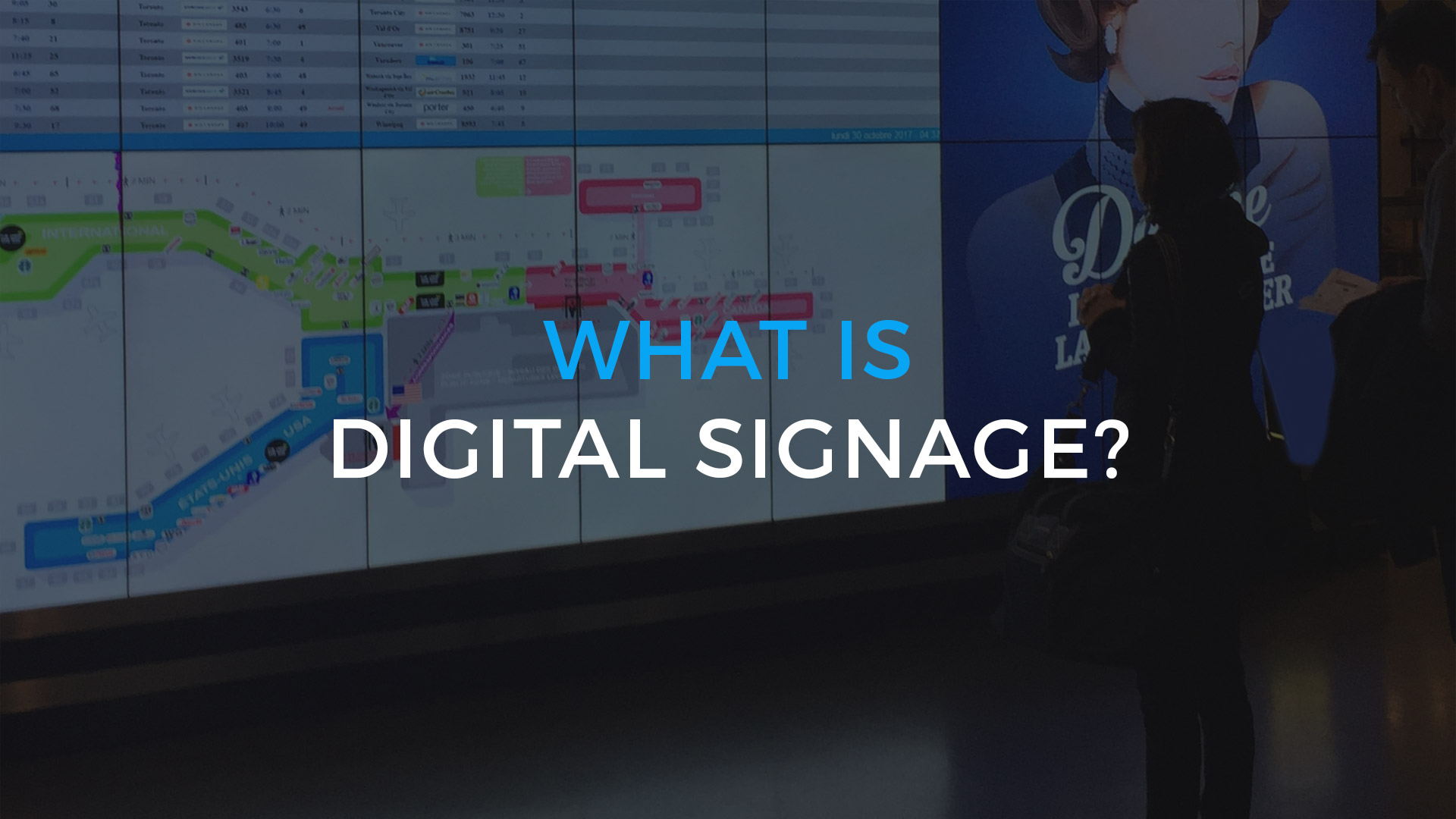Marketers naturally want to get their messages in the places where people will be, which is why we all see more and more digital signage showing up on city sidewalks and public plazas.
But using an outdoor screen presents a lot of challenges - notably the impact of sunlight and harsh winter weather. Selecting and using the wrong panel can result in digital signage that's either hard to see, or offline, because it wasn't properly protected from the elements. At ITESMEDIA, we've worked for years with everyone from media companies to city governments to specify, design, procure, deploy and manage smart outdoor display panels that are built to last. We have the City of Montreal - with its sultry summers and snow-filled, cold winters - as our working lab.
Questions to ask for Outdoor Signage
Our engineers have worked through the issues faced by anyone wanting to use dynamic signage outside and in environments that are anything but controlled. End-users need to ask several key questions of any company that's being considered to help develop a solution:
- How does the display handle glare from direct sunlight?
- How does the display handle the "thermal load" from direct sunlight - all the heat that tries to bake the electronics on a mid-July afternoon?
- How do the cooling fans deal with dust and debris from the streets?
- How does the sign stay dry in driving rains?
- And finally, how long will the sign and overall unit last?
End-users don't so much need the deep technical answers for all these questions, but they do need assurance that the vendor has indeed thought about these things and can provide solid responses.
Future-proofing is the other key consideration - ensuring that the engineering design of the sign and its enclosure can be upgraded, modified or supplemented with extra technologies. That's important because these outdoor panels are far more expensive than their indoor counterparts, and the time needed to realize a return on the investment is therefore longer.
So why put dynamic signage outside?
The most common application is advertising - with media companies replacing their street-level posters (usually plastic poster prints illuminated by rear lighting) with digital, dynamic signage that can be updated on the fly and enables full motion-graphic and video.
More and more governments, medical and educational organizations, and large private businesses are using digital signage displays in their public areas and building campuses to help people find their way around. Daylight-readable directories and mapping - at decision points like main gates and plazas - guide people to where they want and need to be. Unlike printed maps and directories, dynamic signage allows people to look up what they need via touchscreens, and even take information away, like walking directions, on their smartphones.
The Next Big Demand for Outdoor Signs
The next big demand for signs in outdoor spaces is emerging in the so-called Smart City movement. An outdoor display panel will not only be a screen but can have sensors that monitor things like street-level temperatures, crowd movements, dangerous gases and noise. What's on the screen may be more about making a street, plaza or area "work" better.
ITESMEDIA is working with the City of Montreal on a smart cities initiative that has received global attention. All through the busy central district of the old city, dynamic signage at key intersections informs motorists of available parking lots - even updating by the minute the number of empty spots.
Each of the signs (some have several displays stacked) is connected to the cloud via a wireless network and gets updates from a central ITESMEDIA server. In addition to wireless the signs may be connected via LTE and Fiber. That server is getting fresh data, by the minute, from the parking lost management systems to connected garages in the area.

Our custom solution was designed to make the central district smarter - getting motorists off crowded streets quicker, reducing frustration and improving air quality by reducing overall traffic and idling.
Large flat panel displays are now very common in our business and personal lives - so much so that it would be easy to assume they're all the same. But TVs and digital signage displays are built for very different needs and demands, and when a screen goes outdoor, the difference is dramatic.








